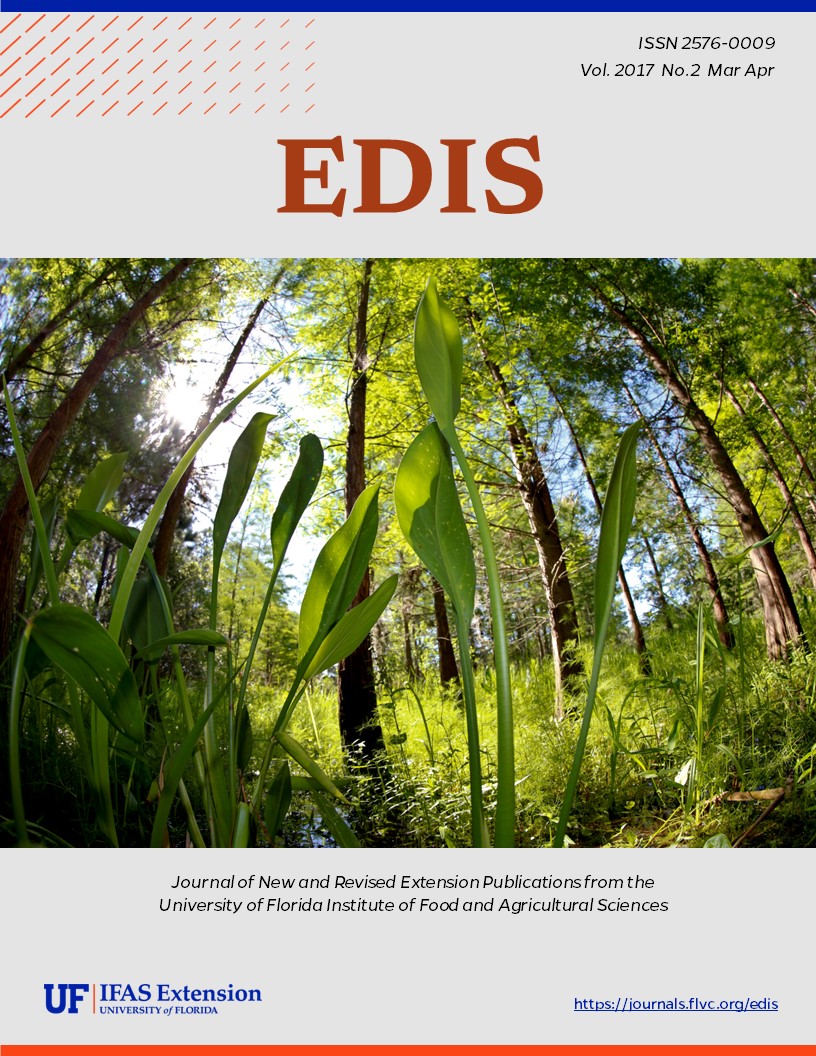Abstract
This document outlines, compares, and contrasts methods that Extension professionals can use with their stakeholders to achieve these goals, including ways to turn traditional one-strategy program formats into programs incorporating multiple facilitation strategies.
References
Bhattacharyya, R., Templin, E., Messer, C., & Chazdon, S. (2017). Participatory Evaluation and Learning: A Case Example Involving Ripple Effects Mapping of a Tourism Assessment Program. Journal of Extension, 55(2). https://www.joe.org/joe/2017april/a3.php
Boyer, E. L. (2014). Scholarship reconsidered: Priorities of the professoriate. http://184.168.109.199:8080/jspui/handle/123456789/2134
Cyr, L. F. (2008). Facilitation competence: A catalyst for effective Extension work. Journal of Extension, 46(4), Article 4RIB2.
Dallas, D. (1999). Science in culture: The cafe scientifique. Nature, 399, 120. https://doi.org/10.1038/20118
Diehl, D. C., & Galindo-Gonzalez, S. (2014). Planning or Refining an Extension Program. Gainesville: University of Florida Institute of Food and Agricultural Sciences. http://edis.ifas.ufl.edu/fy1229
Etling, A. (1993). What is nonformal education? Journal of Agricultural Education, 34(4), 72-76. https://doi.org/10.5032/jae.1993.04072 https://doi.org/10.5032/jae.1993.04072
Falk, J. H., & Dierking, L. D. (2010). The 95 Percent Solution. American Scientist, 98(6), 486. https://doi.org/10.1511/2010.87.486 https://doi.org/10.1511/2010.87.486
Guion, L.A. (2001). Educational Methods for Extension Programs. FCS6013. Gainesville: University of Florida Institute of Food and Agricultural Sciences. http://ufdc.ufl.edu/IR00002176/00001
Moll, L. C., Amanti, C., Neff, D., & Gonzalez, N. (1992). Funds of knowledge for teaching: Using a qualitative approach to connect homes and classrooms. Theory Into Practice, 31(2), 132-141. https://doi.org/10.1080/00405849209543534 https://doi.org/10.1080/00405849209543534
Monaghan, P., Warner, L. A., Telg, R., & Irani, T. (2014). Improving Extension Program Development Using Audience Segmentation. Gainesville: University of Florida Institute of Food and Agricultural Sciences. http://edis.ifas.ufl.edu/wc188
Norman, M. N., & Jordan, J. C. (2006). Using an Experiential Model in 4-H. Gainesville: University of Florida Institute of Food and Agricultural Sciences. http://edis.ifas.ufl.edu/4h243
Raison, B. (2010). Educators or facilitators? Clarifying extension's role in the emerging local food systems movement. Journal of Extension, 48(3), Article 3COM1.
Richardson, J. G. & Jenkins, D.M. (1999). Extension education: Process and Practice. NC Cooperative Extension System Publication, NC State University.
Stofer, K. A. (2015). Informal, non(-)formal, or free-choice education and learning? Toward a Common Terminology for Agriscience and Ag-STEM Educators. Journal of Human Sciences and Extension, 3(1), 125-134.
Stofer, K. A. (2017). Tools for Using Citizen Science in Environmental, Agricultural, and Natural Resources Extension Programs. Journal of Extension, 55(2), Article 2TOT8.
Unless otherwise specified, articles published in the EDIS journal after January 1, 2024 are licensed under a Creative Commons Attribution-NonCommercial-NoDerivs 4.0 International (CC BY-NC-ND 4.0) license.

